Carbon Neutral Projects
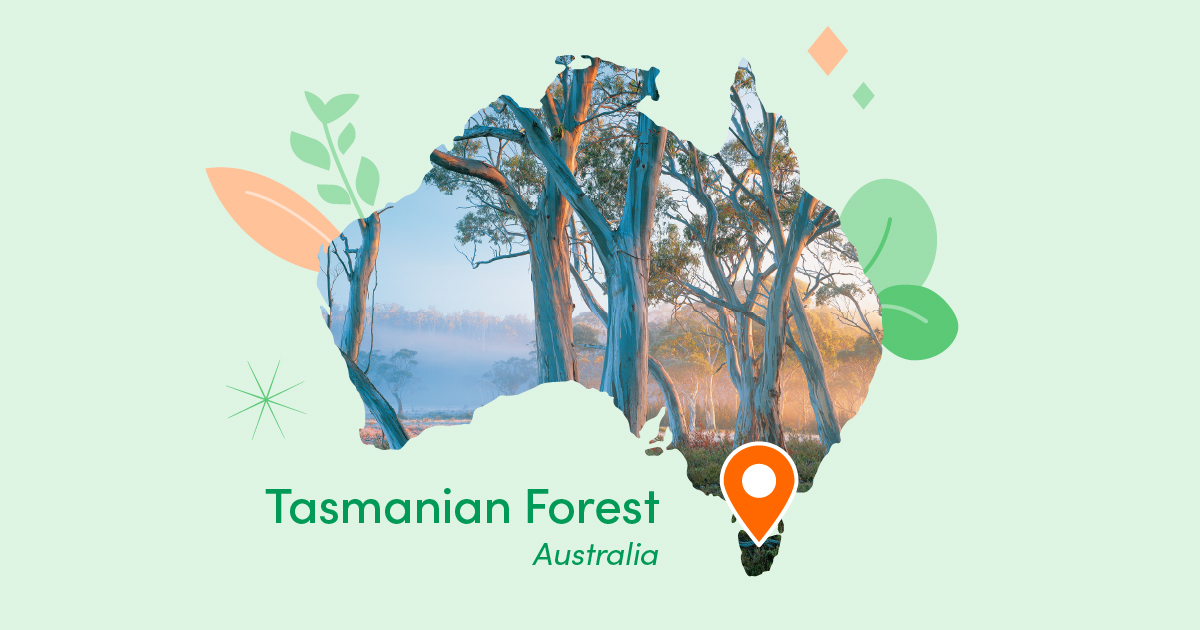
Tasmanian Forest
Australia
Project Year: 2023
The Tasmanian Forest project stops logging and land degradation, preventing stored carbon from being released, protecting this vibrant forest with species found nowhere else, and expanding ecotourism and employment opportunities to local communities. This project’s protected area covers the habitats of several endangered species, including the Tasmanian Wedge-Tailed Eagle, the Eastern Quoll, the Ptunarra Brown Butterfly, and the Tasmanian devil.
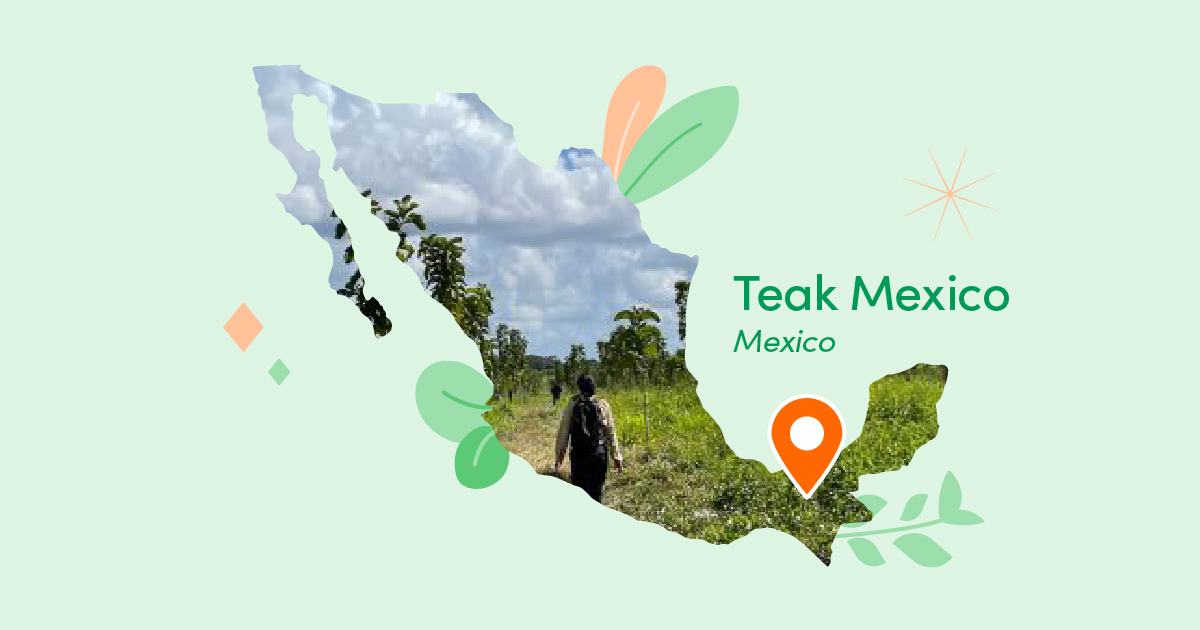
Teak Mexico
Mexico
Project Year: 2023
The Teak Mexico project prevents the loss of wildlife habitation from extensive farming and logging while aiming to restore the land and create stable job opportunities in Tabasco, Chiapas, and Campeche, Mexico. The project is heading forest management and creating a supply chain of highly valued teak wood, helping to mitigate global warming, improve soil quality and water conservation, and add biodiversity.
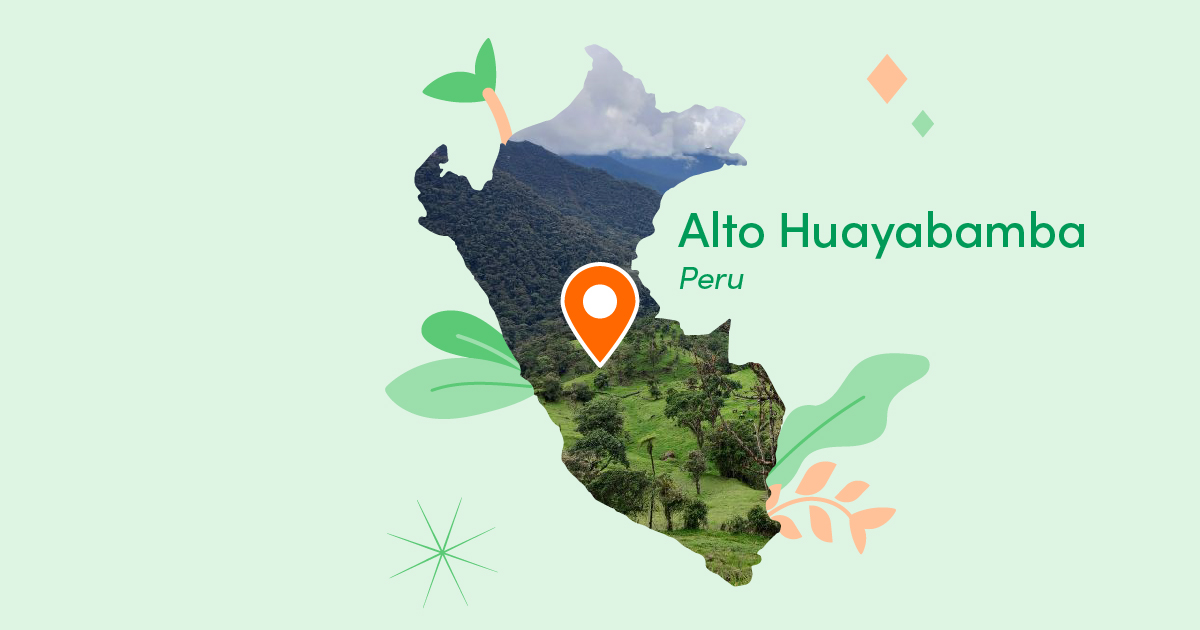
Alto Huayabamba
Peru
Project Year: 2023
The Alto Huayabamba project conserves the tropical forests and lowlands of the Andes that teem with irreplaceable wildlife, by employing the local community, implementing sustainable initiatives, and reducing emissions associated with deforestation and land degradation. The protected area is home to many threatened animal species, like the yellow-tailed woolly monkey and species that thrive in the Huayabamba River.
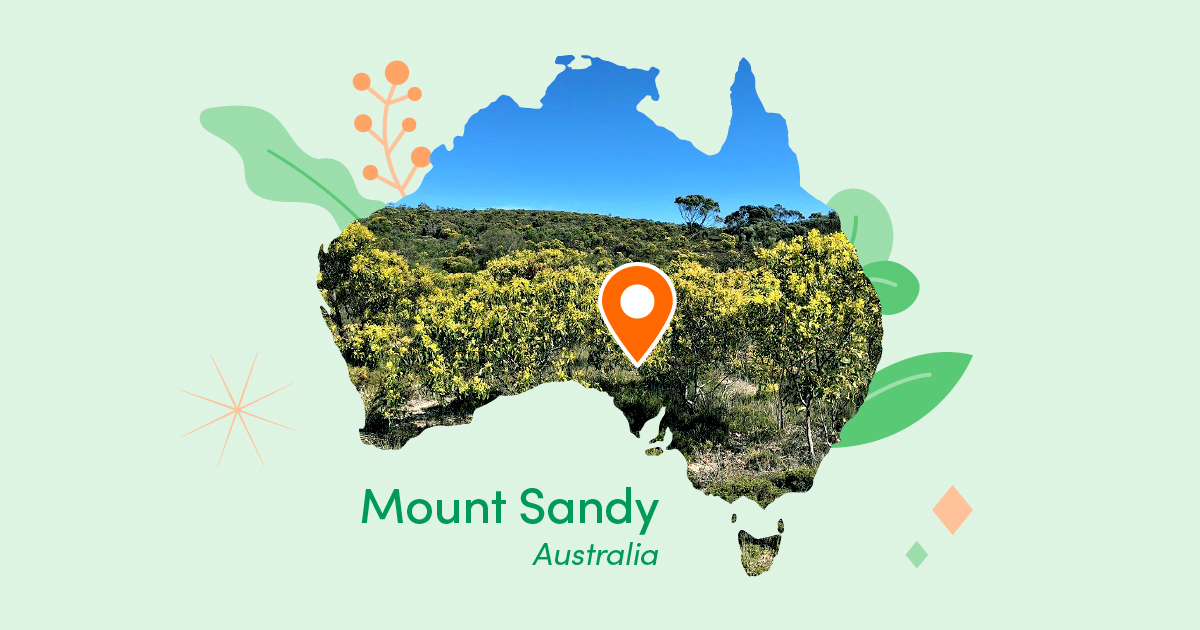
Mount Sandy
Australia
Project Year: 2023
The Mount Sandy protects a rare pocket of wetlands and woodlands full of native vegetation from land degradation by farmlands and employs community members of the region’s Traditional Owners, the Ngarrindjeri. The Ngarrindjeri people have cared for Coorong country for thousands of years, relying on the land to serve as their home and strategic habitats for native wildlife, such as the Short-Beaked Echidna, Purple-Gaped Honeyeater, and Elegant Parrot.
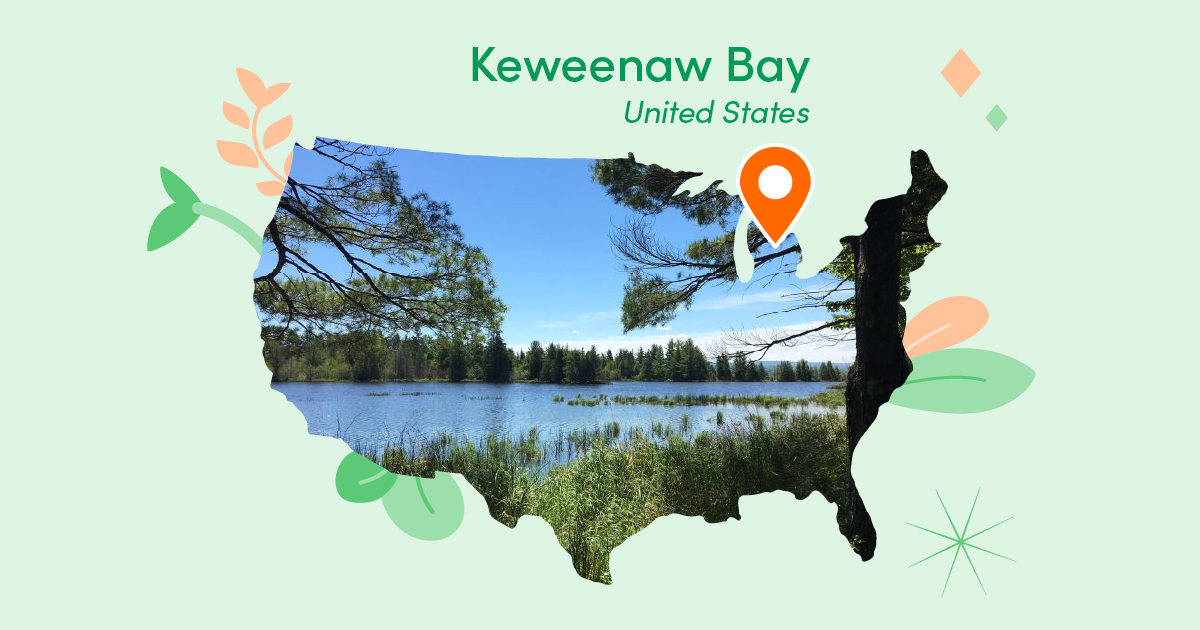
Keweenaw Bay
United States
Project Year: 2023
The Keweenaw Bay project is a community-based approach that improves forest management of the Lake Superior Chippewa area, which holds significant importance and land use to Tribal Nations whose livelihoods are threatened by climate change. This project covers 12,500 acres of tribal forestland and enables tribes to develop renewable energy projects and social programs for community members.
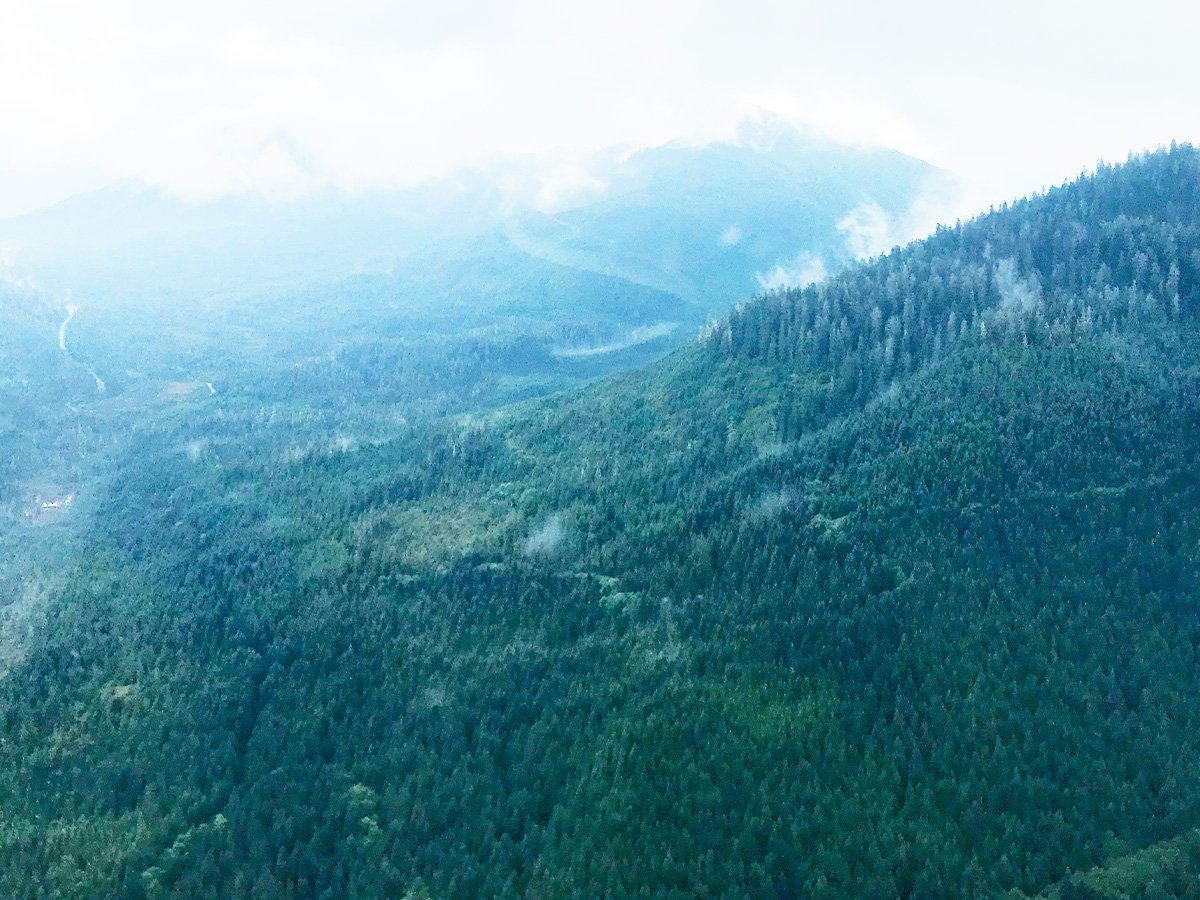
Klawock Heenya
United States
Project Year: 2022
Covering 8,619 acres of forest in Southeastern Alaska, this project aims to re-establish young growth stands of timber via natural generation while maintaining water quality and conserving critical wildlife habitat. This project allows the forest to progress naturally while providing significant climate benefits through carbon sequestration.
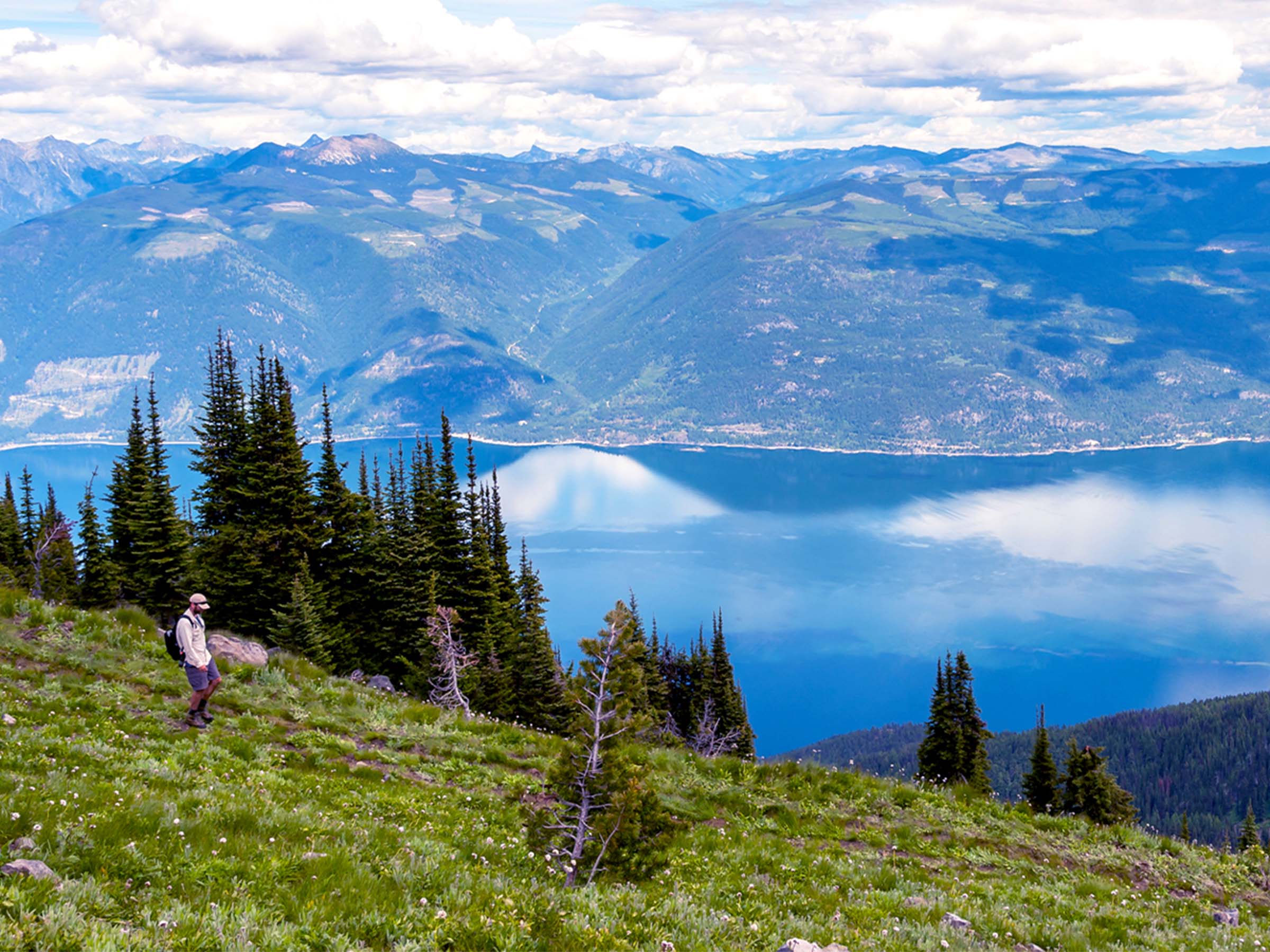
Darkwoods
Canada
Project Year: 2021
A carbon sink is any place that stores more carbon that it releases. Forests are not only home to at-risk wildlife, they are vital places that store and sequester carbon from Earth’s atmosphere. The Darkwoods Forest Conservation project sustains and protects almost 55,000 hectares of some of the most diverse forests in British Columbia, including rare old-growth inland temperate rainforests.
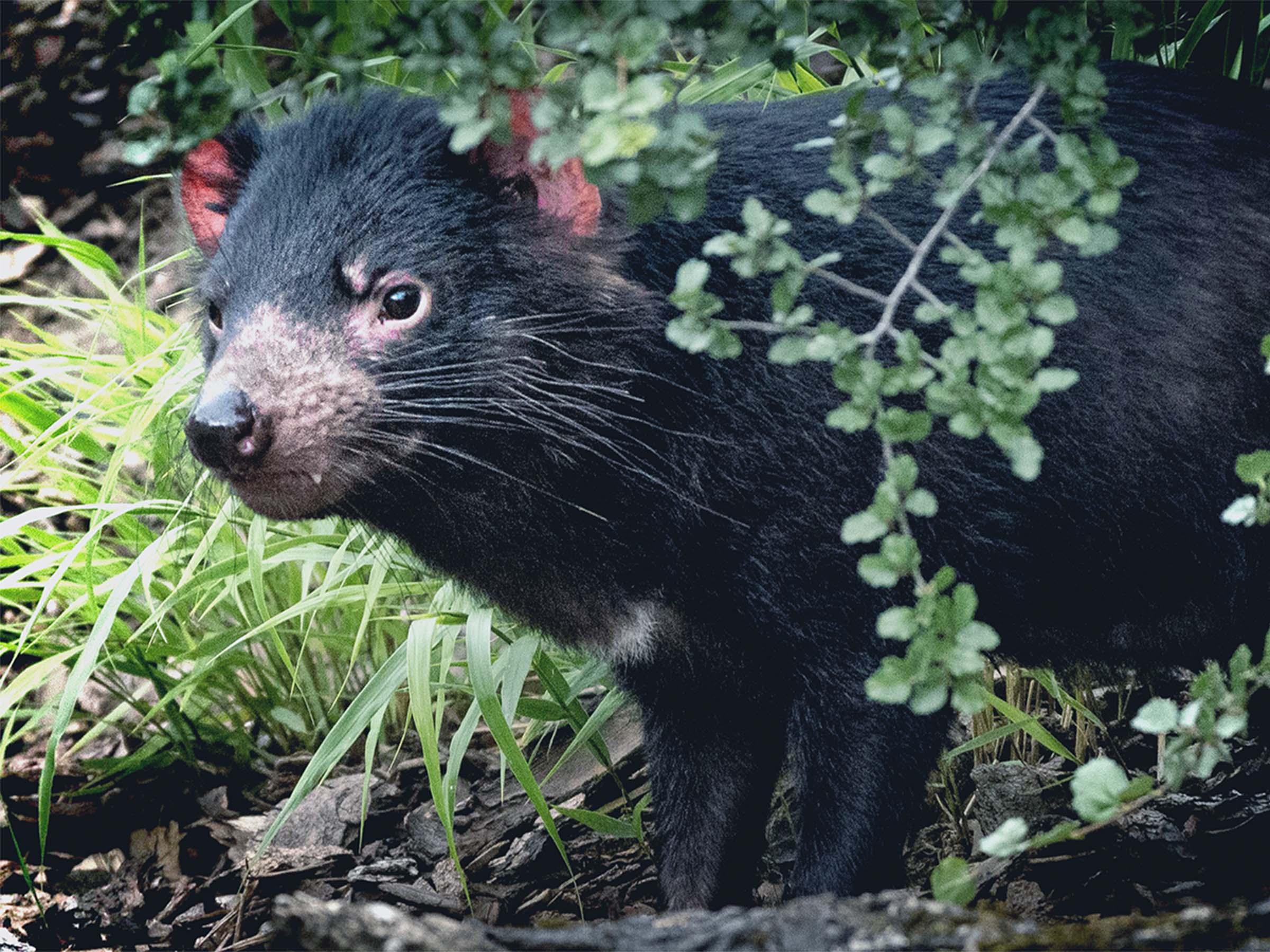
Tasmanian Forest
Australia
Project Year: 2021
Protecting pockets of native forests in Tasmania’s Central Highlands since 2009. By stopping logging and land degradation, the project prevents stored carbon from being released. The vibrant forest creates economic opportunities for ecotourism, improves water quality, and protects wild species like the Tasmanian Wedge-Tailed Eagle, found nowhere else.
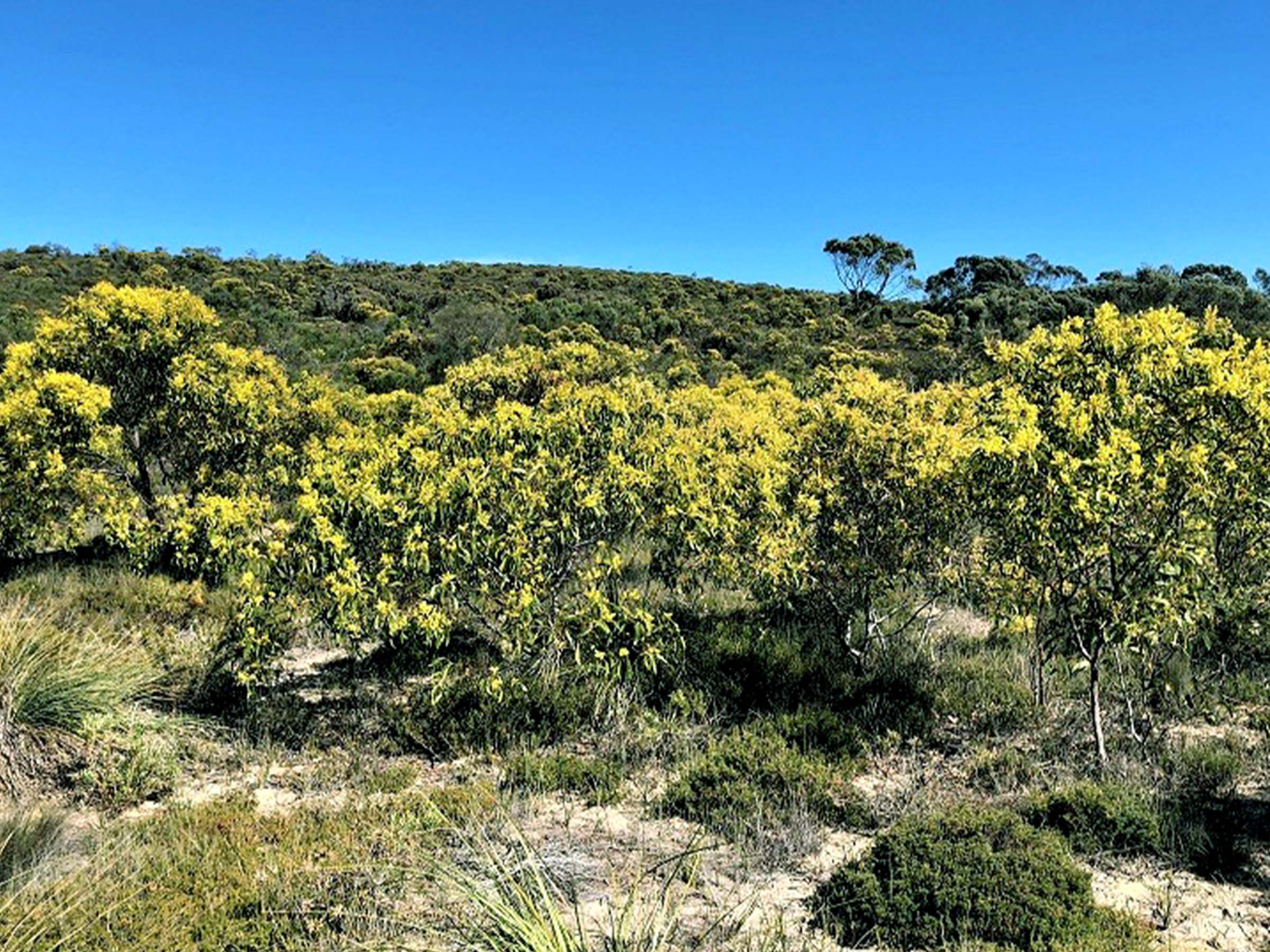
Mount Sandy
Australia
Project Year: 2021
The Mount Sandy project permanently protects a rare pocket of wetlands and woodlands between the Coorong National Park and Lake Albert in partnership with its Traditional Owners, the Ngarrindjeri. As one of the last remaining areas of native vegetation in the region, the land forms a strategic corridor for wildlife, including the short-beaked echidna, purple-gaped honeyeater and elegant parrot.
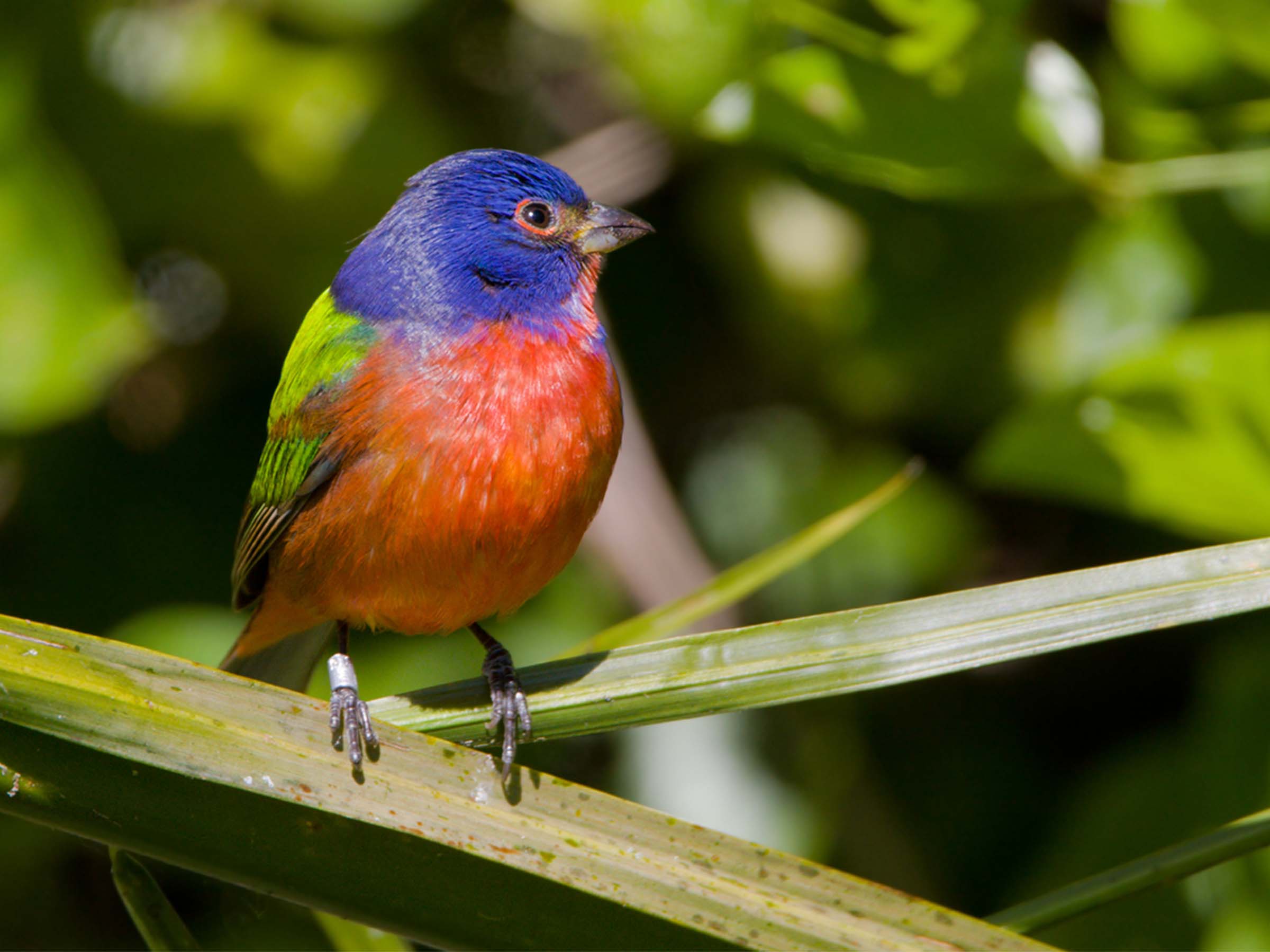
Beidler Forest
United States
Project Year: 2021
Native trees including longleaf pine, red maple, and water oak have been permanently conserved in this project owned and managed by the National Audubon Society in South Carolina. The National Audubon Society of South Carolina has protected 5,500 acres where many birds, including the stunning eastern Painted Bunting, call home. These birds are just one species threatened by habitat loss.
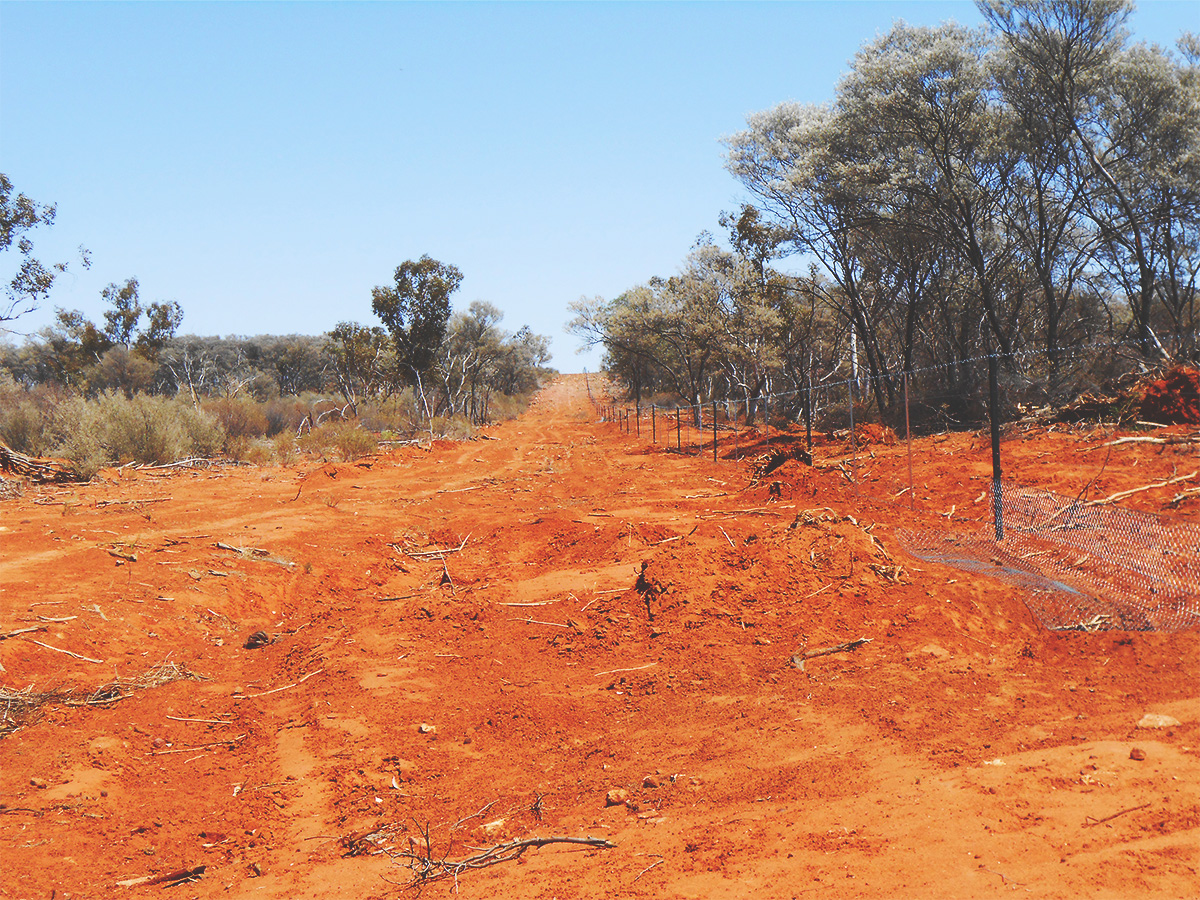
Boobera Native Forest Regeneration
Australia
Project Year: 2020
By excluding livestock and managing invasive pests, native forests and the local flora and fauna will be restored. Further, future forest growth will sequester carbon and create a passive revenue stream for rural landholders.
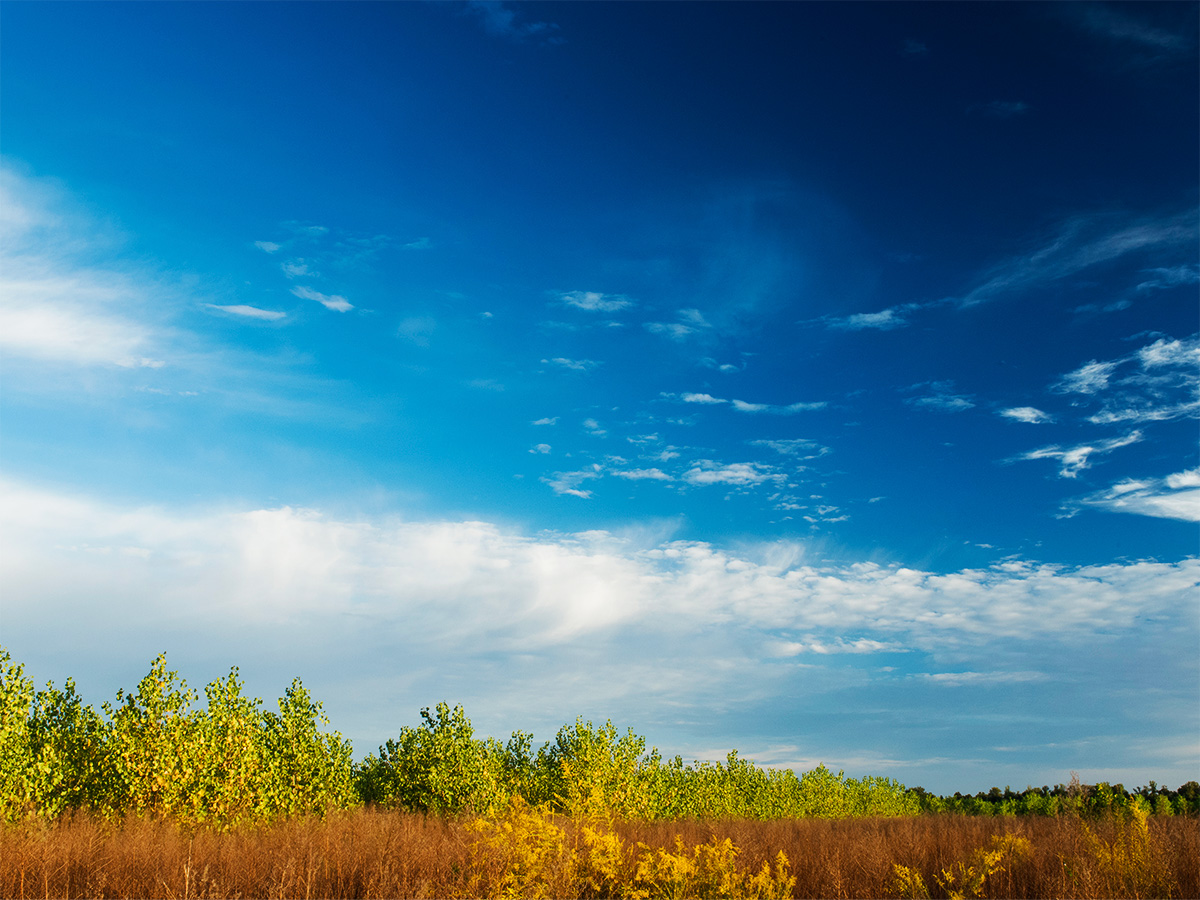
Lower Mississippi Valley Reforestation
United States
Project Year: 2020
Regenerating bottomland forests to enhance biodiversity, sequester carbon, and restore the watershed. The goal is to reforest at least one million acres throughout the states of Louisiana, Mississippi, Arkansas, Tennessee, Kentucky, Missouri, and Illinois.
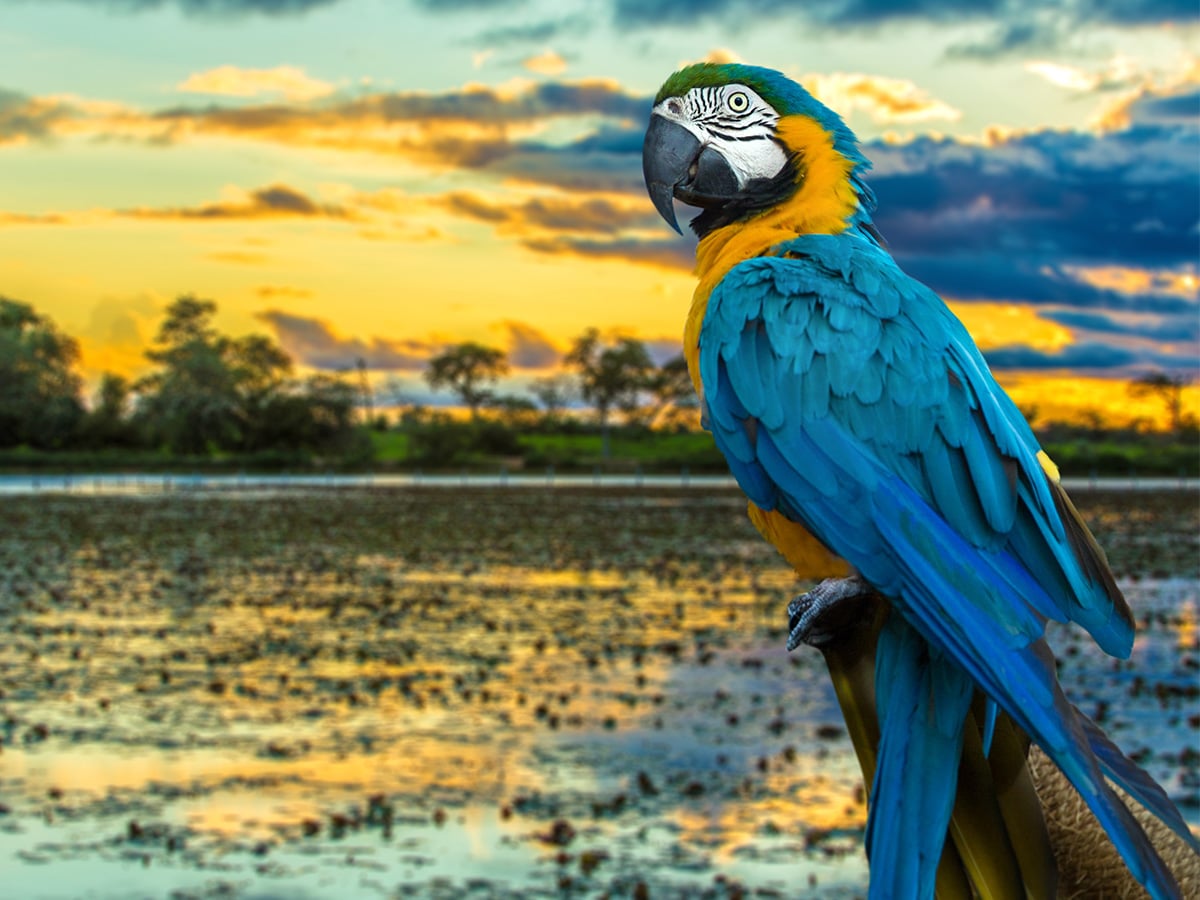
Madre de Dios Amazon Conservation
Peru
Project Year: 2019
The Amazon is celebrated as a hub of biodiversity. Yet it remains under constant threat from human interference – most recently as a result of the new Inter Ocean Highway. The Peruvian Madre de Dios rainforest is home to eleven endangered wildlife species (including the jaguar and giant armadillo) and four endangered plant species. This project limits the impact of human immigration and development through sustainable timber concessions, as well as community education and support.

Myamyn Conservation Project
Australia
Project Year: 2019
A true blue Aussie legend, the Long-nosed Potoroo, is still under threat. The Potoroo community in the Annya State forest was logged in the 1980’s and visits by feral cats, invasive plants and illegal poaching mean the little guy is still on the endangered list. By protecting against further tree clearing, and replanting with natural vegetation, this project ensures these amazing animals don’t become another extinction statistic.
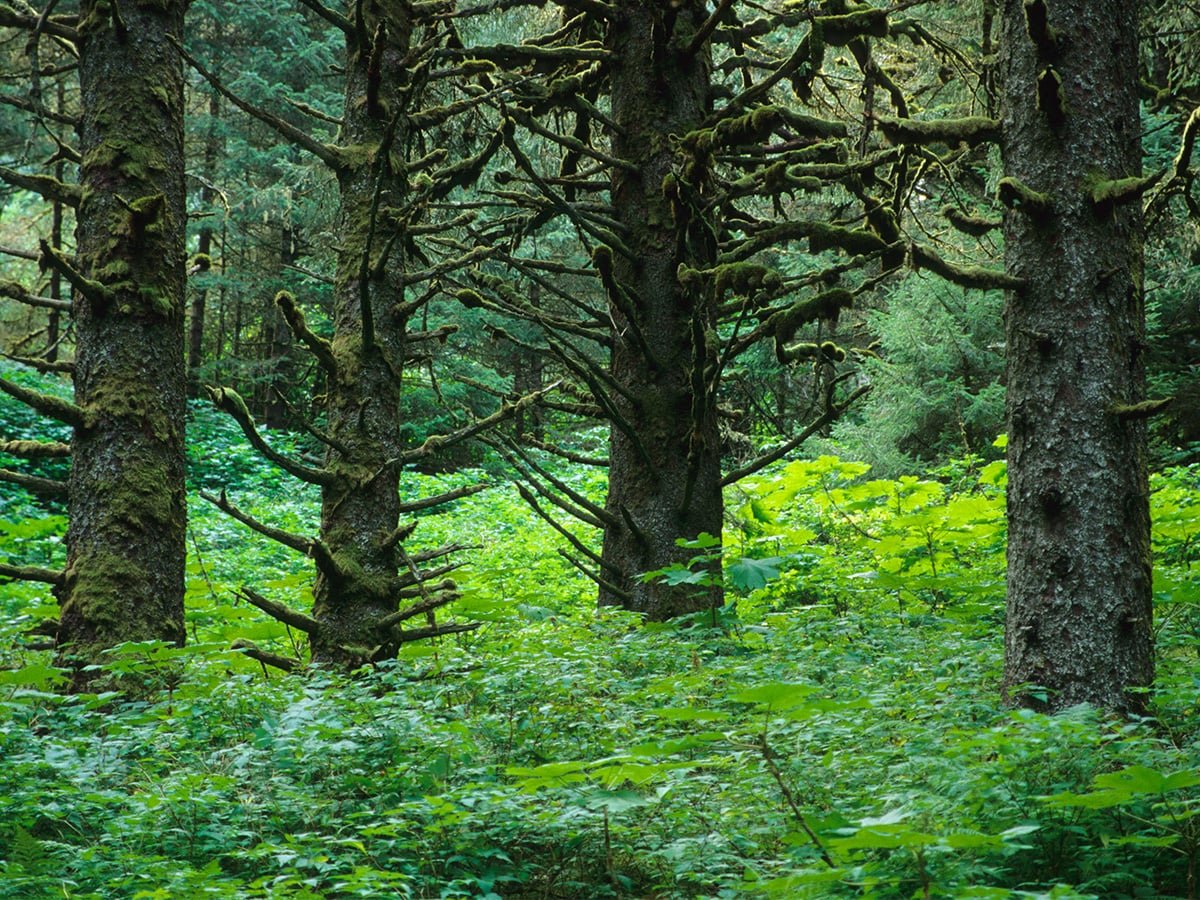
Afognak Forest Carbon
United States
Project Year: 2019
Logging has long threatened the diverse wildlife of Afognak’s coastal temperate rainforests. The Afognak Forest Carbon project encompasses 8,219 acres of protected old-growth Sitka Spruce forests, lakes, wetlands, and streams, which are home to a diverse set of wildlife such as the Kodiak brown bear, rainbow trout, Arctic char, and several species of Pacific salmon. This project maintains, restores, and protects this pristine wilderness and its wildlife in perpetuity.
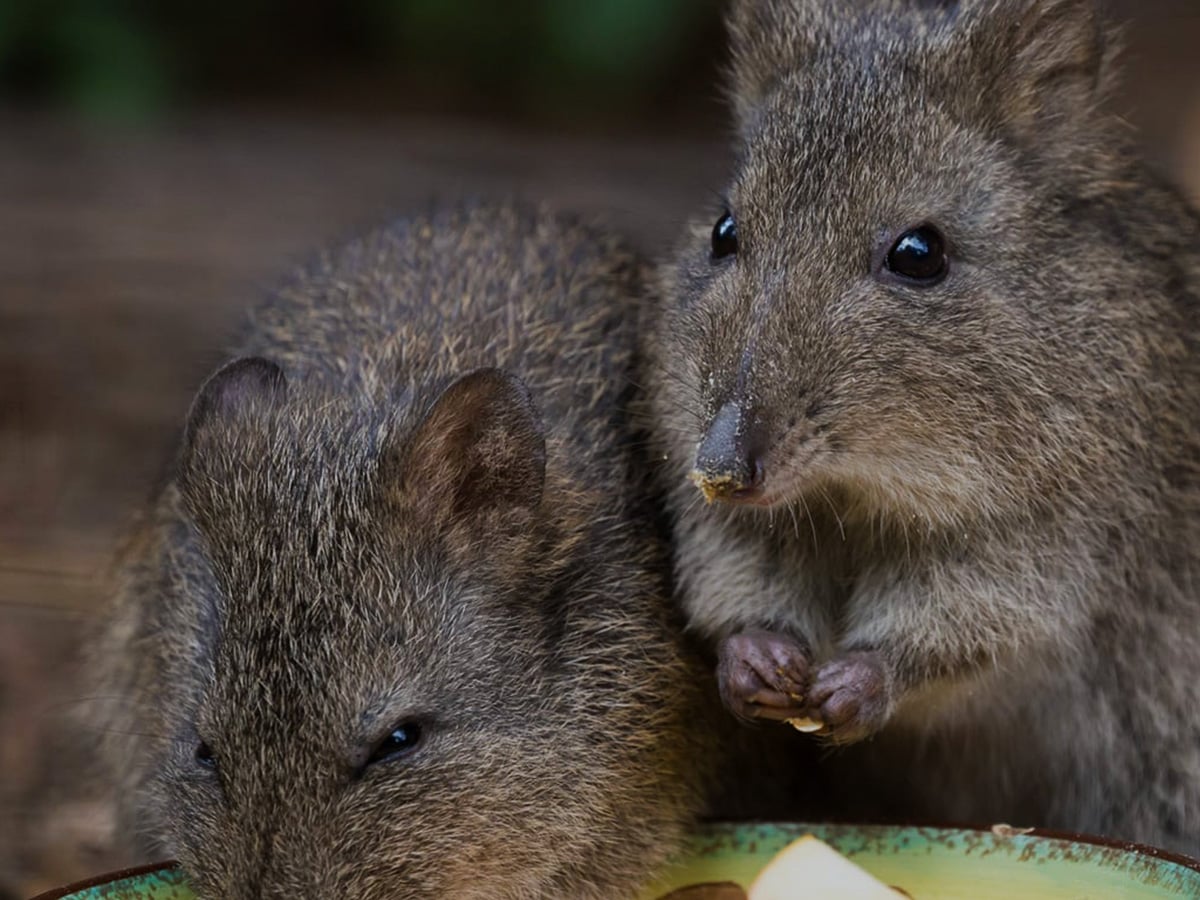
Myamyn Conservation Project
Australia
Project Year: 2018
A true blue Aussie legend, the Long-nosed Potoroo, is still under threat. The Potoroo community in the Annya State forest was logged in the 1980’s and visits by feral cats, invasive plants and illegal poaching mean the little guy is still on the endangered list. By protecting against further tree clearing, and replanting with natural vegetation, this project ensures these amazing animals don’t become another extinction statistic.
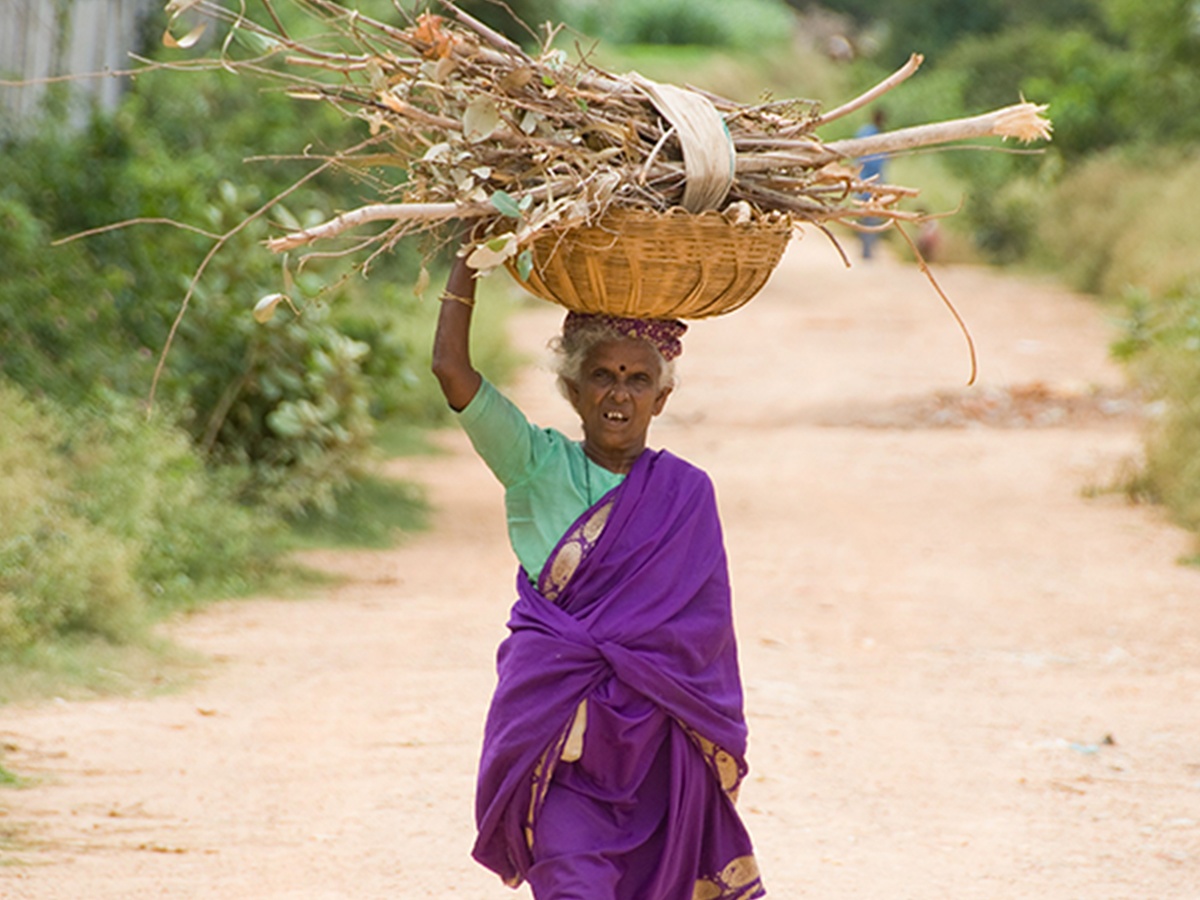
Breathing Space
South India
Project Year: 2018
Breathing Space involves the dissemination of 300,000 durable, affordable and clean energy cookstoves. The project helps families breathe healthier air and spend less time and money on cooking fuel. This places a smaller demand on forests, and emits fewer greenhouse gases, as well as creating a sustainable channel of market distribution.
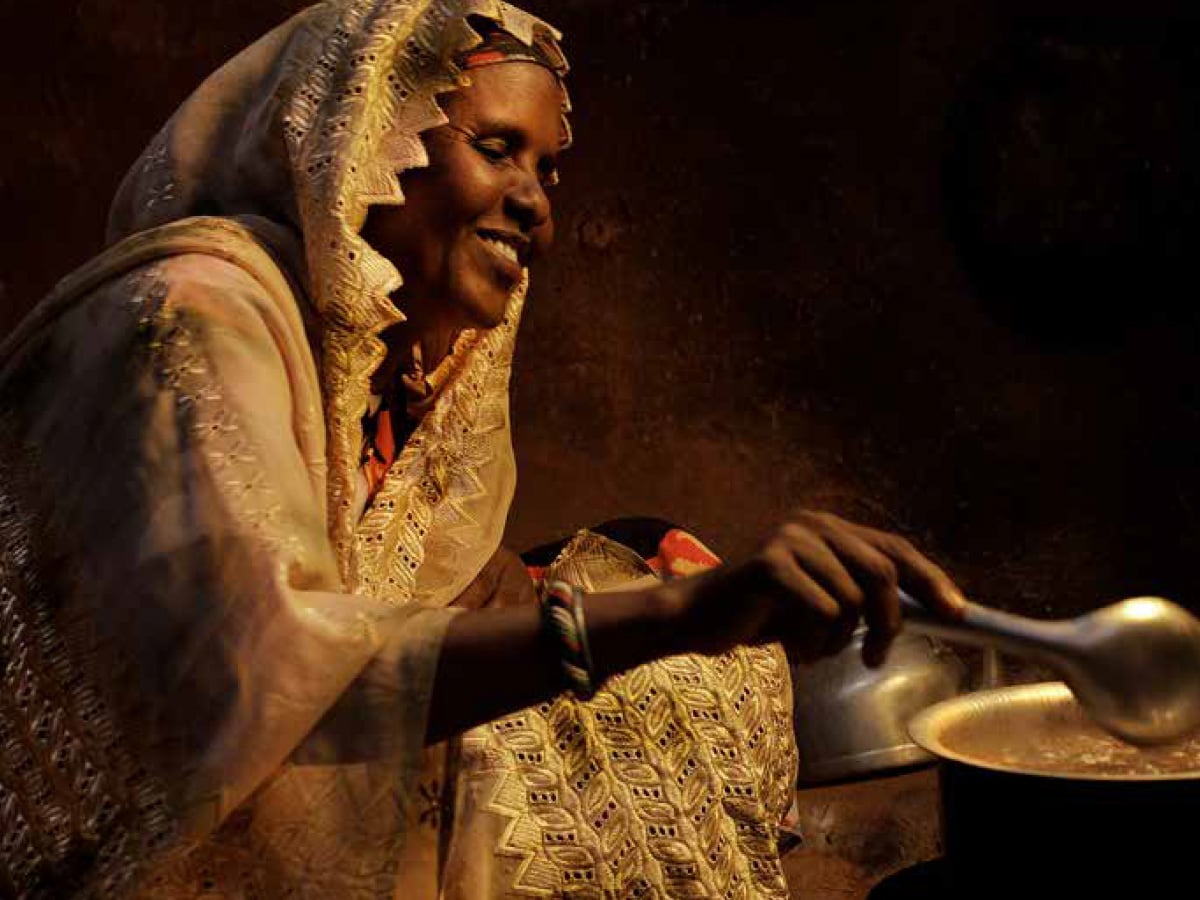
Paradigm Water Treatment and Cookstove Project
Kenya, Africa
Project Year: 2017
The first initiative to provide access to energy efficient cookstoves and chlorinated water, driving real climate and social change for families in Kenya.
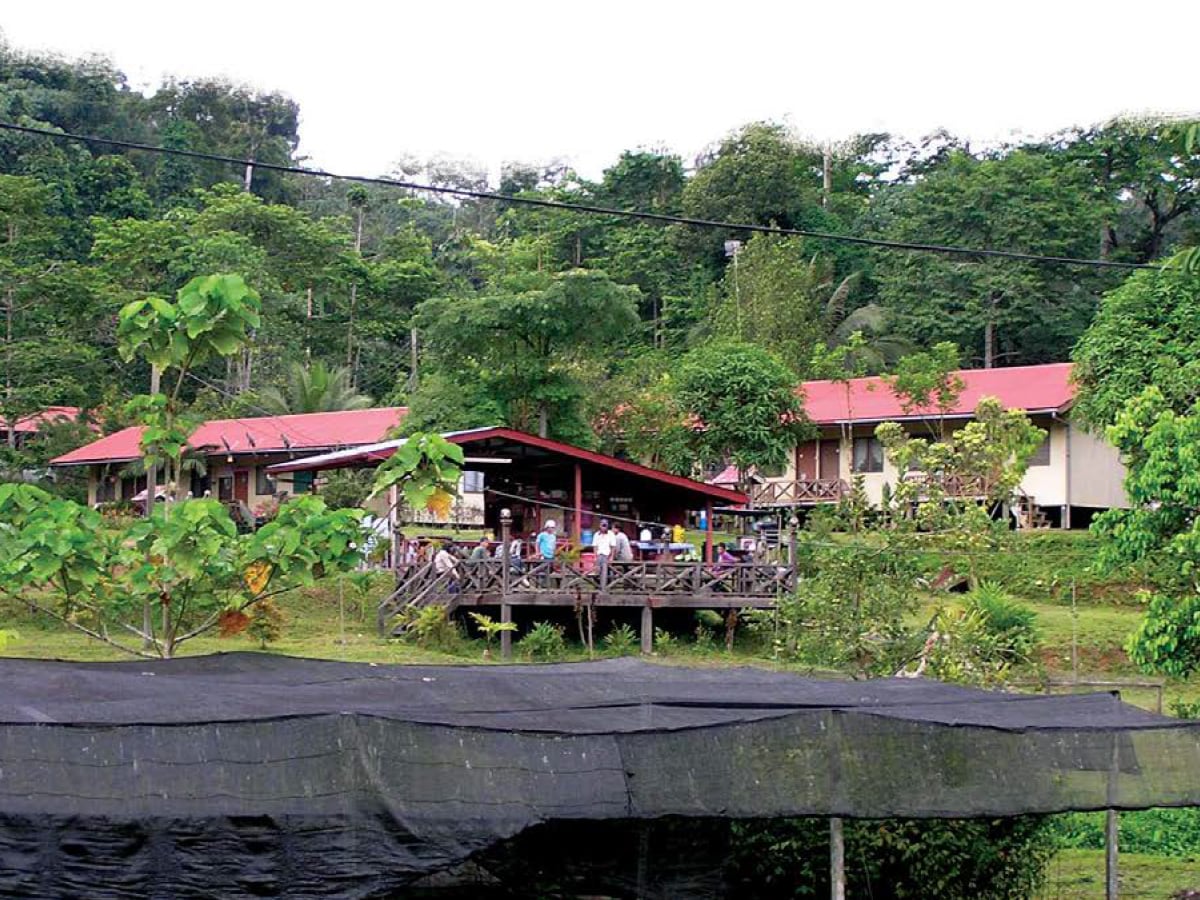
Borneo Rainforest Rehabilitation Project
Borneo, Indonesia
Project Year: 2017
Borneo (along with Sumatra) is the only place where tigers, rhinos, orangutans, and elephants live together. This project aims to restore one of the world’s most biodiverse regions, trapping carbon and providing habitat for this endangered, exotic wildlife.
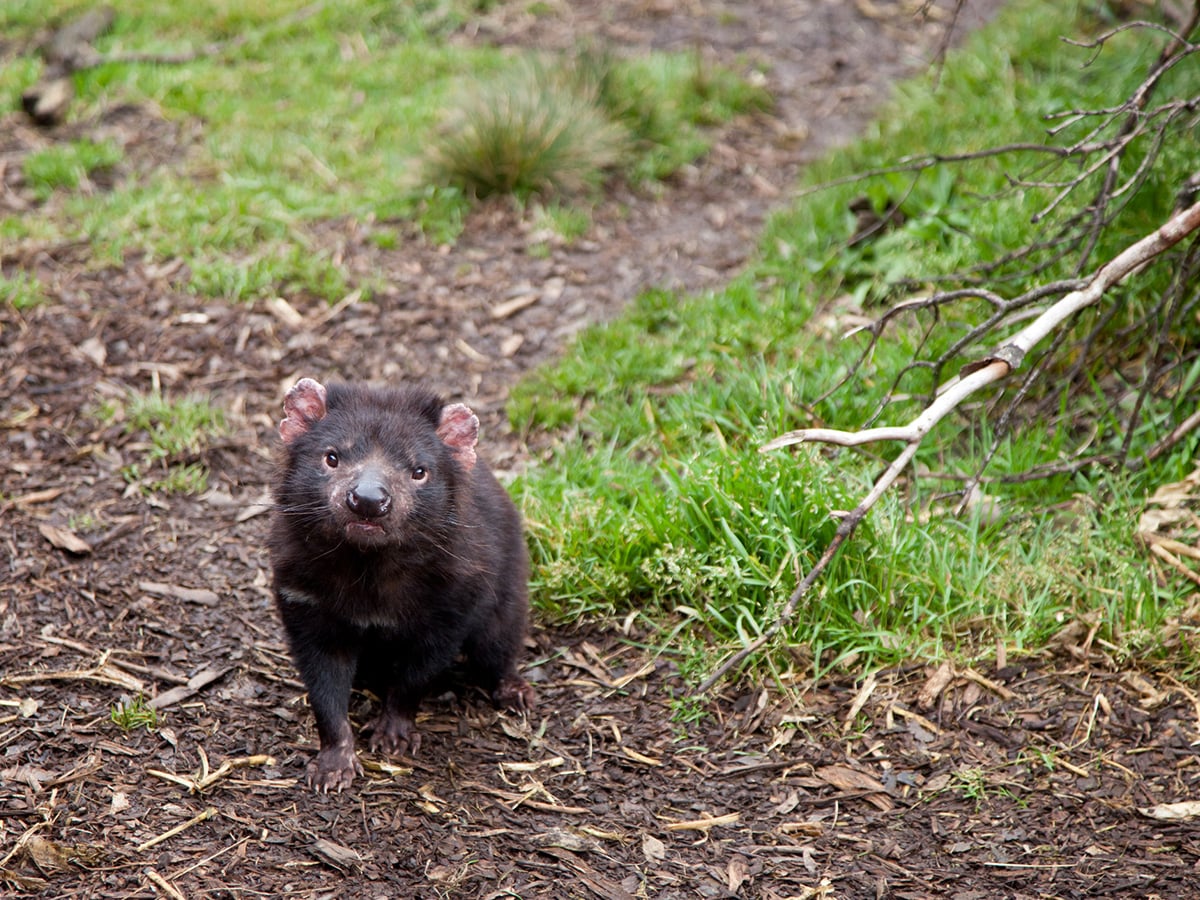
Tasmanian Native Forest Protection
Australia
Project Year: 2016
Preventing logging in Tasmania’s Central Highlands via carbon credits to preserve the habitat of native species such as the wedge-tailed eagle and Tasmanian devil.
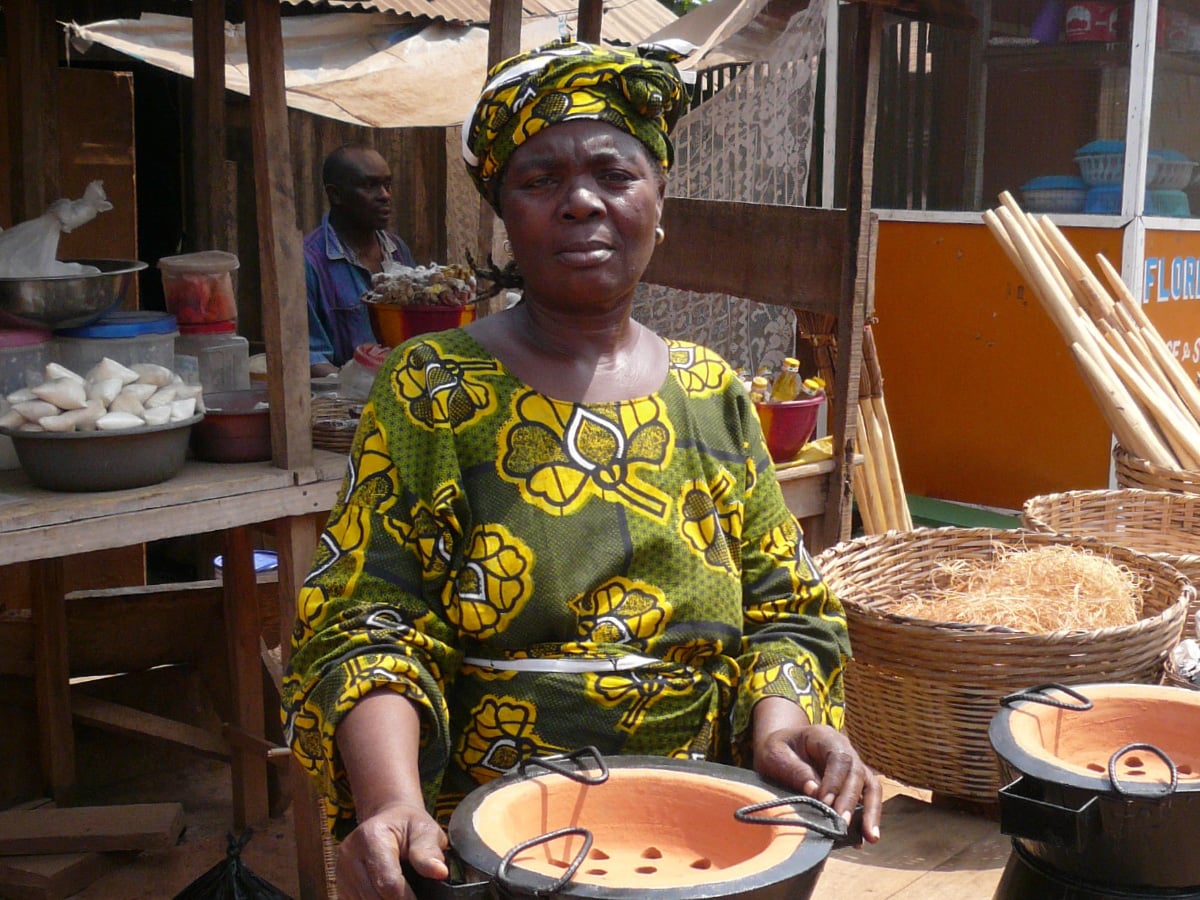
Toyola Clean Cookstoves
Ghana, Africa
Project Year: 2016
Distributing efficient cookstoves that require less wood and produce less smoke, reducing deforestation and creating a healthier living environment.